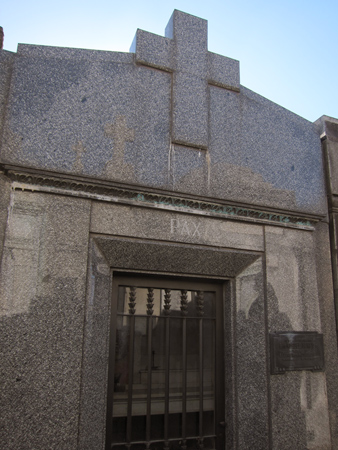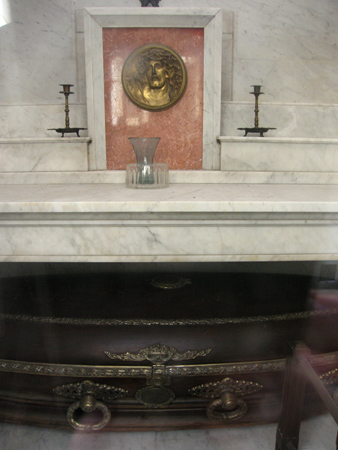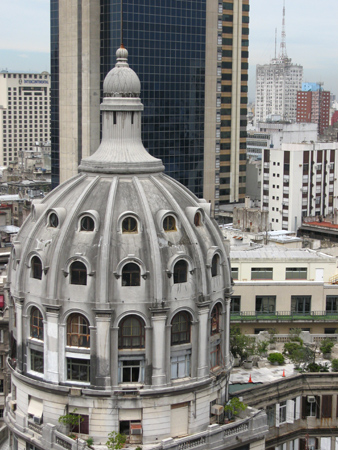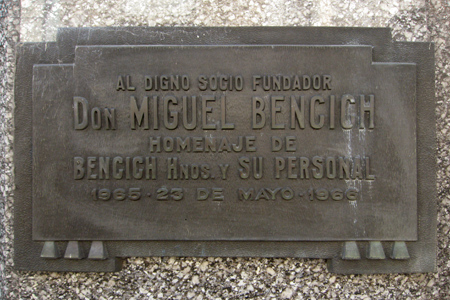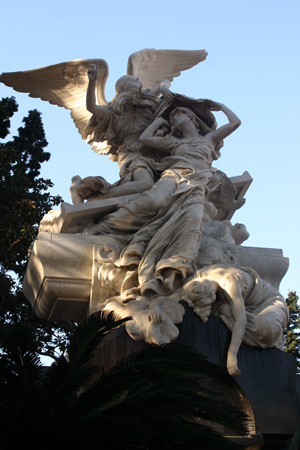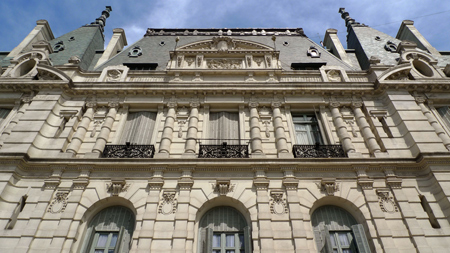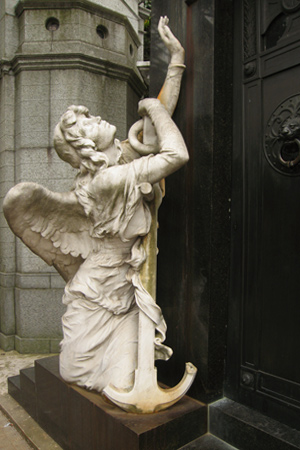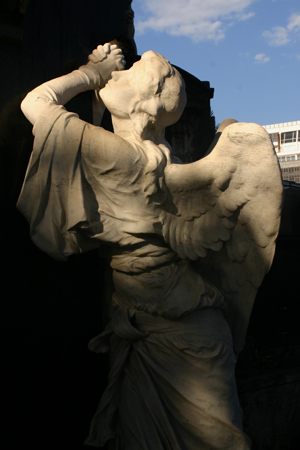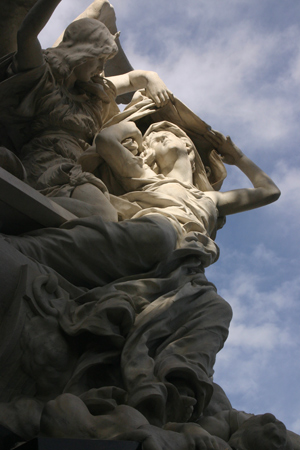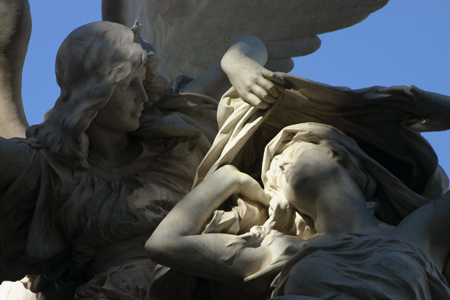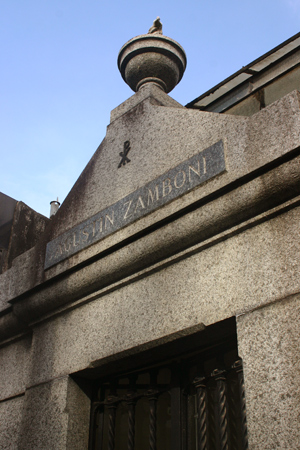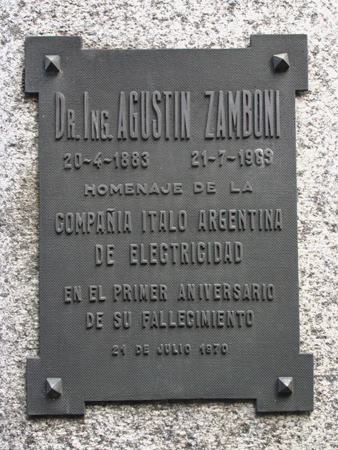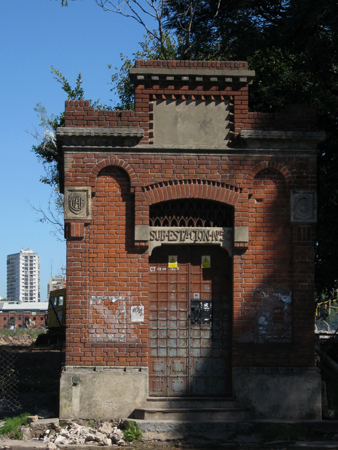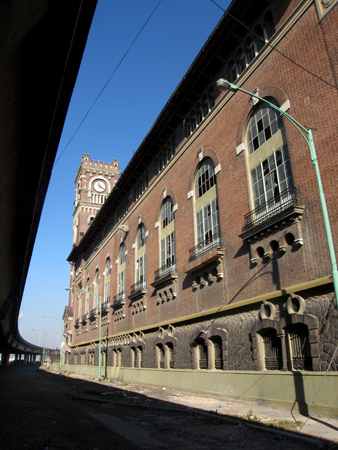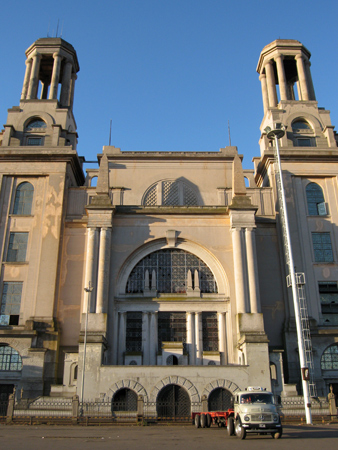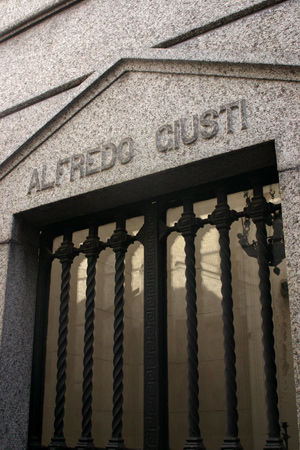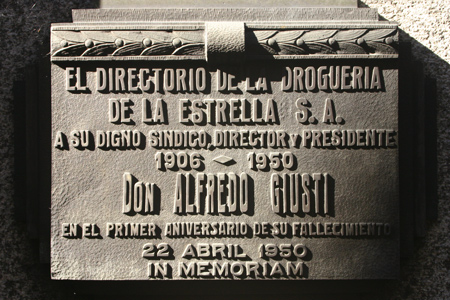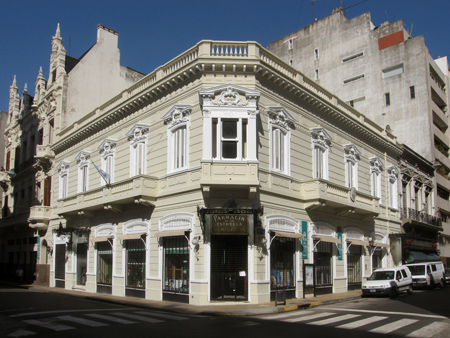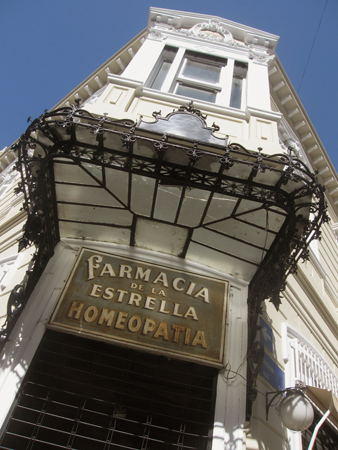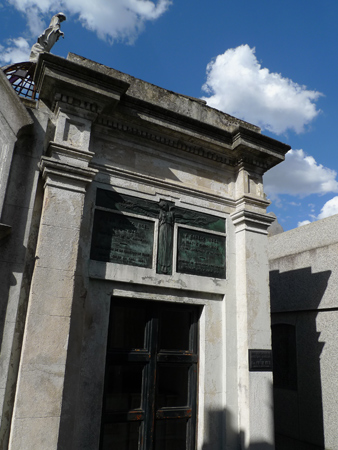
Such a diverse family deserves lots of photos… especially since few people ever visit this tomb & not one of the more remarkable structures in the cemetery, surprisingly since a talented architect rests in peace here:
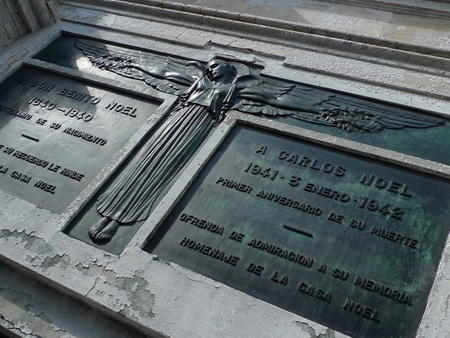
The Noel family arrived in Argentina from the Basque Country in the mid-1800’s. Benito began producing sweets & had immediate success. The company logo played off the family name & its association with Christmas. Benito passed away in 1916, but his children would continue the family business & become famous in other areas. A plaque for Benito reminds the visitor, “Don’t cry for him, imitate him”:
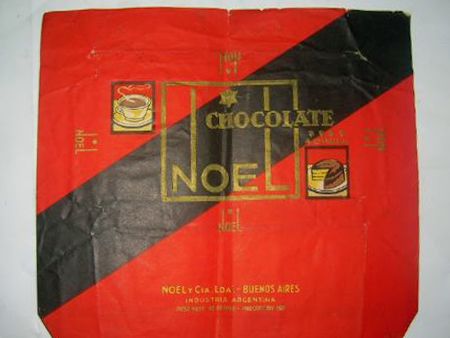
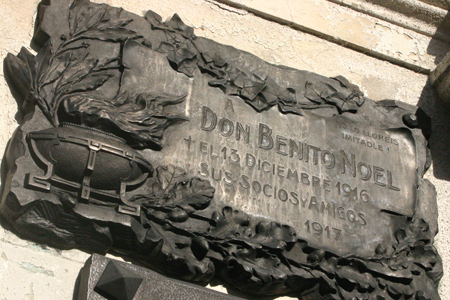
One son, Carlos Noel, managed the chocolate factory located in La Boca. Although recently sold, the building is still standing on Avenida Regimiento de Patricios. However, Carlos is probably best remembered as mayor of Buenos Aires in the 1920s under President Marcelo T. de Alvear… that’s when the President of Argentina had to pick who ran the capital city. No elections were required, so Noel family connections were obviously very good:
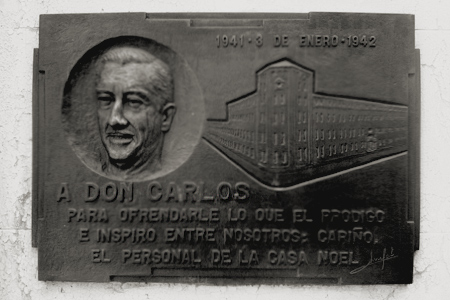
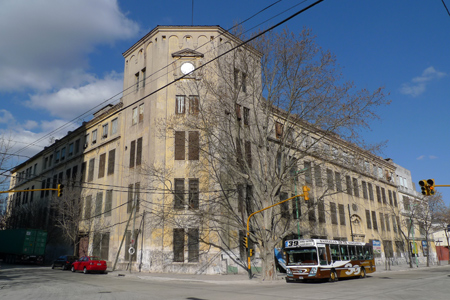
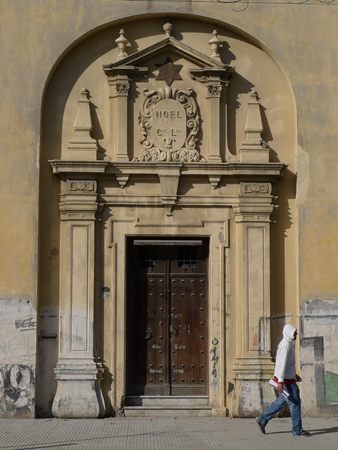
Another son, Martín Noel, became one of the most famous architects of the 1920s & 1930s. He trailblazed a new style of architecture which combined Art Deco with design elements from indigenous American cultures as well as Spanish Colonial forms. Known as NeoPrehispanic, his best example in Buenos Aires is the Museo de Arte Hispanoamericano Fernández Blanco… formerly the family home. Martín also designed the Argentina pavilion for the 1929 Ibero-American Expo pictured below:
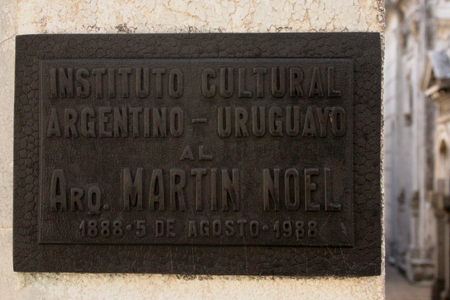
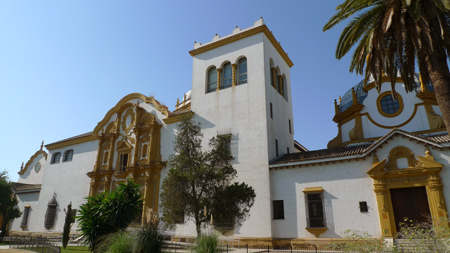
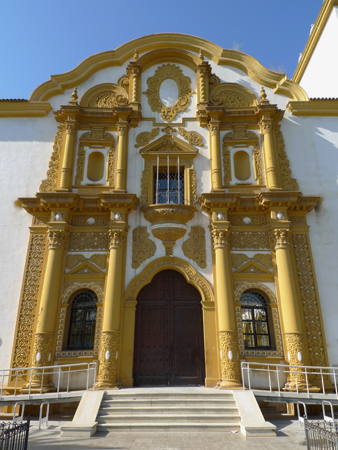
He even designed the decoration on the E Line of the Buenos Aires subway… all tiles depicting different regions of Spain:
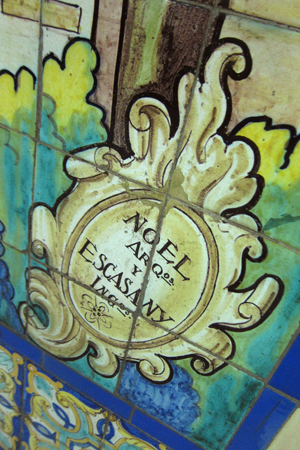
Chocolate Noel succumbed to the wave of privatization in the 1990s in Argentina & was purchased in 1994 by Arcor. While Arcor is an Argentine mega-corporation, the Noel brand was discontinued. Just like Terrabusi’s crackers, Noel chocolate is another Argentine classic gone forever.
